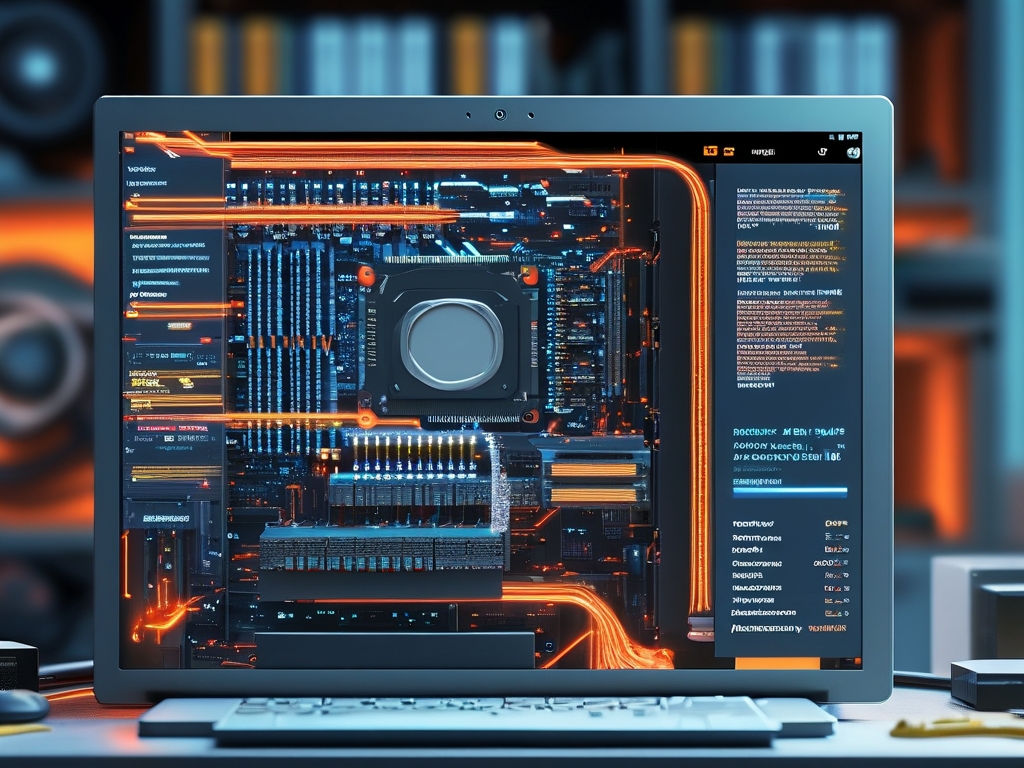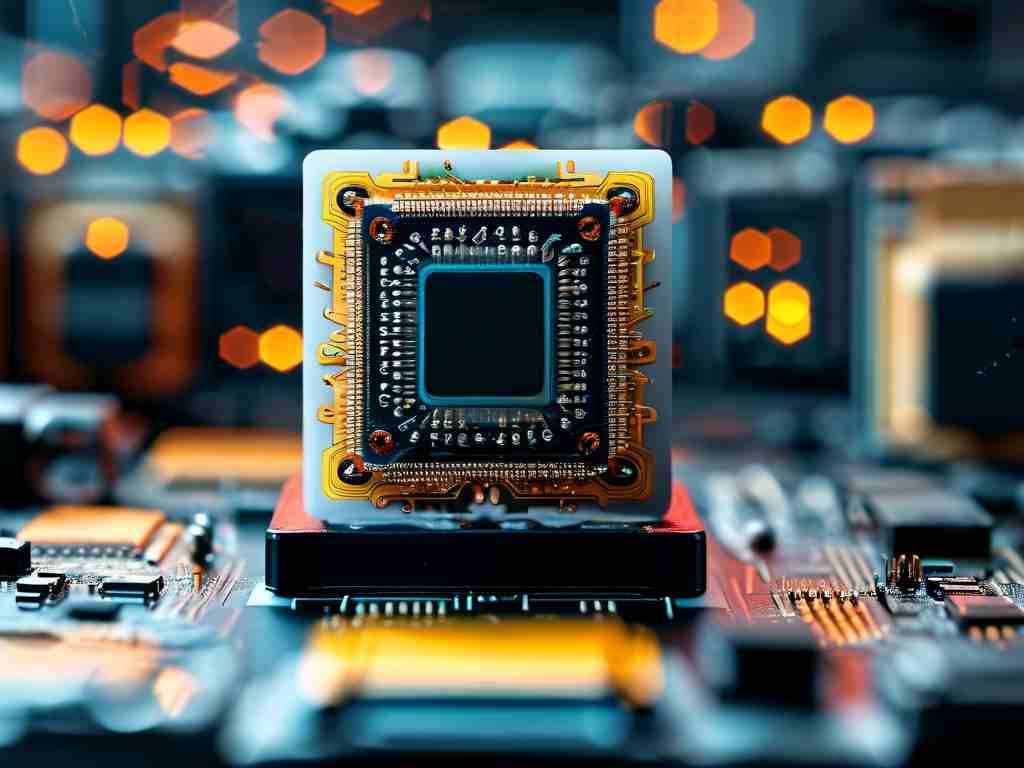In the realm of computer architecture and operating system design, memory management remains a cornerstone of efficient resource allocation. Among various strategies, unpaged memory management-a configuration where memory operates without paging mechanisms-has garnered attention for its unique advantages in specialized computing environments. This article explores the principles, benefits, challenges, and applications of unpaged memory management, with a focus on its role in real-time and embedded systems.
Understanding Unpaged Memory Management
Traditional memory management systems often rely on paging, a technique that divides physical memory into fixed-size blocks (pages) and virtual memory into corresponding address spaces. Paging enables features like memory protection, virtual addressing, and demand paging, which optimizes memory usage by loading data only when needed. However, paging introduces overhead due to page table lookups, translation lookaside buffer (TLB) misses, and potential latency from page faults.
Unpaged memory management eliminates these layers entirely. In this model, the operating system or firmware directly maps physical addresses to logical addresses without intermediate paging structures. This approach simplifies memory access by ensuring that every memory request translates to a fixed physical location, bypassing the complexities of virtual-to-physical address translation.
Advantages of Unpaged Memory
-
Deterministic Latency In real-time systems, predictability is paramount. Unpaged memory ensures that memory access times remain constant, as there are no unpredictable delays from page faults or TLB misses. This determinism is critical for applications like autonomous vehicles, industrial automation, and medical devices, where missed deadlines could lead to catastrophic outcomes.
-
Reduced Overhead By removing page tables and TLB management, unpaged systems reduce computational and memory overhead. This is especially valuable in resource-constrained embedded systems, where every kilobyte of RAM and CPU cycle counts.
-
Simplified Debugging Direct physical-to-logical mapping simplifies memory debugging. Developers can trace memory issues without navigating layers of abstraction, accelerating troubleshooting in time-sensitive projects.
-
Enhanced Performance for Small-Scale Systems For applications with fixed memory requirements-such as microcontrollers in IoT devices-unpaged management avoids the bloat of paging mechanisms, ensuring faster boot times and leaner code execution.
Challenges and Trade-offs
Despite its benefits, unpaged memory management is not universally applicable. Key limitations include:

-
Lack of Memory Protection Without paging, isolating processes or enforcing memory boundaries becomes challenging. A single errant process could overwrite critical system memory, leading to instability or security vulnerabilities.
-
Scalability Issues Unpaged systems struggle with large-scale applications requiring dynamic memory allocation. Fixed mappings limit flexibility, making multitasking or memory expansion difficult.
-
Fragmentation Risks Physical memory fragmentation can occur over time, reducing available contiguous blocks. While paging mitigates this via virtual address spaces, unpaged systems must rely on manual memory management, increasing developer burden.

Applications in Real-Time and Embedded Systems
Unpaged memory management shines in environments prioritizing speed and reliability over flexibility:
-
Real-Time Operating Systems (RTOS) RTOSs for aerospace, robotics, or automotive systems often use unpaged memory to guarantee task execution within strict time constraints. For example, a drone's flight controller cannot afford delays caused by page swaps during critical maneuvers.
-
Bare-Metal Programming In firmware development for microcontrollers (e.g., ARM Cortex-M or ESP32), unpaged memory is standard. Developers directly interact with hardware registers and peripherals, ensuring minimal latency.
-
Safety-Critical Systems Medical devices like pacemakers or infusion pumps rely on unpaged configurations to eliminate unpredictable behavior. Certification standards like ISO 26262 (automotive) and DO-178C (avionics) often mandate deterministic memory access.
Case Study: Automotive Control Units
Modern vehicles use dozens of electronic control units (ECUs) to manage engines, brakes, and infotainment. ECUs responsible for anti-lock braking systems (ABS) or airbag deployment require sub-millisecond response times. Here, unpaged memory ensures that sensor data is processed without delay. For instance, when a collision is detected, the airbag ECU must trigger inflation within 20 milliseconds-a task incompatible with paging-induced variability.
Security Considerations
Unpaged systems trade security for performance. Without memory protection, malicious code (or even benign bugs) can corrupt entire systems. Mitigation strategies include:
- Hardware Segmentation: Using memory protection units (MPUs) to enforce coarse-grained access rules.
- Static Code Analysis: Rigorously auditing code to prevent buffer overflows or illegal memory accesses.
- Isolation via Hypervisors: Running unpaged kernels in isolated virtual machines under a hypervisor with paging enabled.
Future Trends
As edge computing and IoT devices proliferate, unpaged memory management will remain relevant. Innovations like deterministic memory controllers and hybrid architectures (mixing paged and unpaged regions) aim to balance flexibility with real-time guarantees. Meanwhile, advancements in hardware-assisted security (e.g., ARM's TrustZone) may alleviate unpaged systems' vulnerability concerns.
Unpaged memory management is a niche yet vital strategy for systems where microseconds matter. By stripping away the abstractions of paging, it delivers unmatched speed and predictability-at the cost of flexibility and security. As technology pushes toward more interconnected and time-sensitive applications, understanding this approach becomes essential for engineers designing the next generation of embedded and real-time systems. Whether optimizing a robot's motion controller or ensuring a heart monitor's reliability, unpaged memory remains a tool of precision in an increasingly complex computational landscape.









